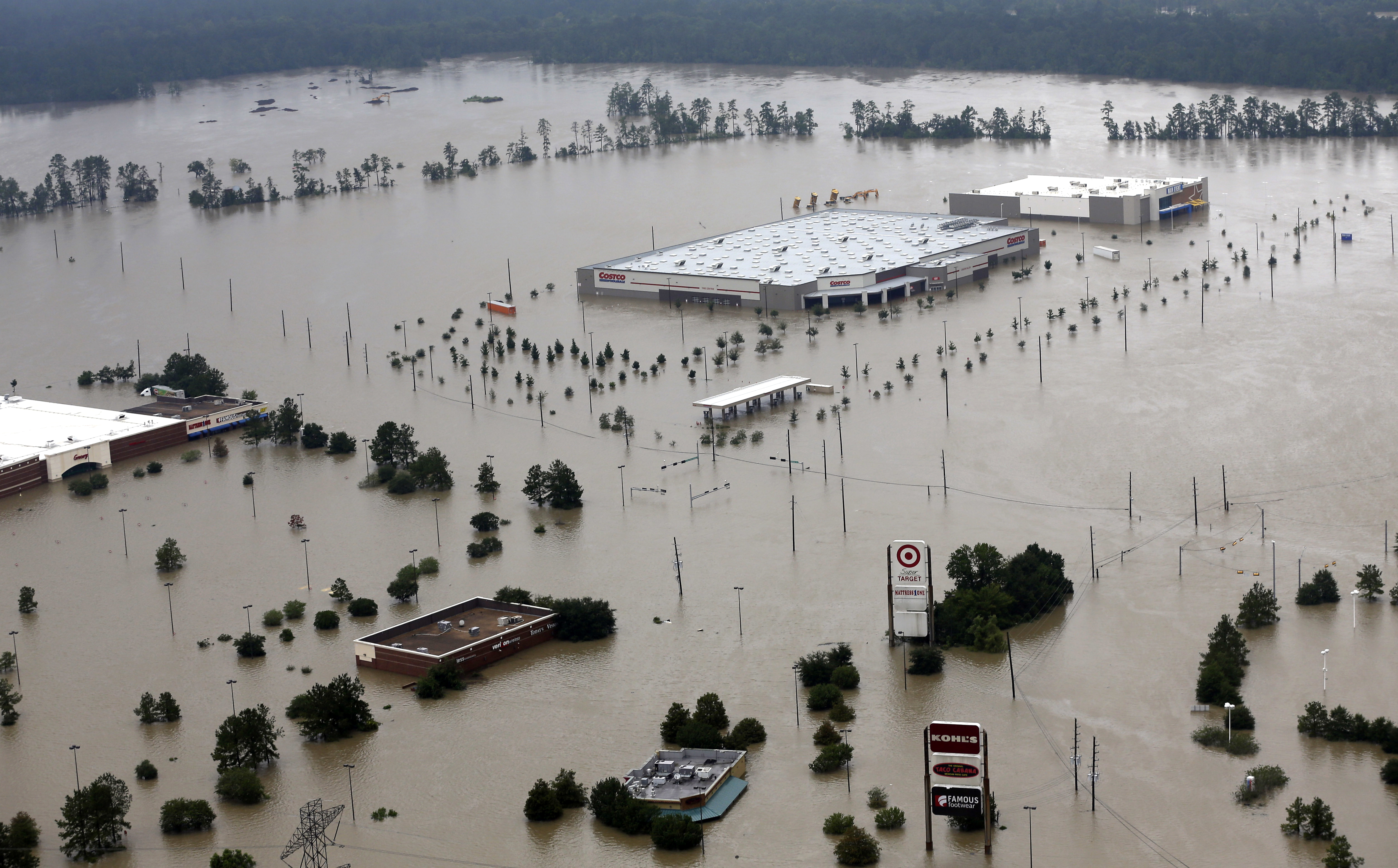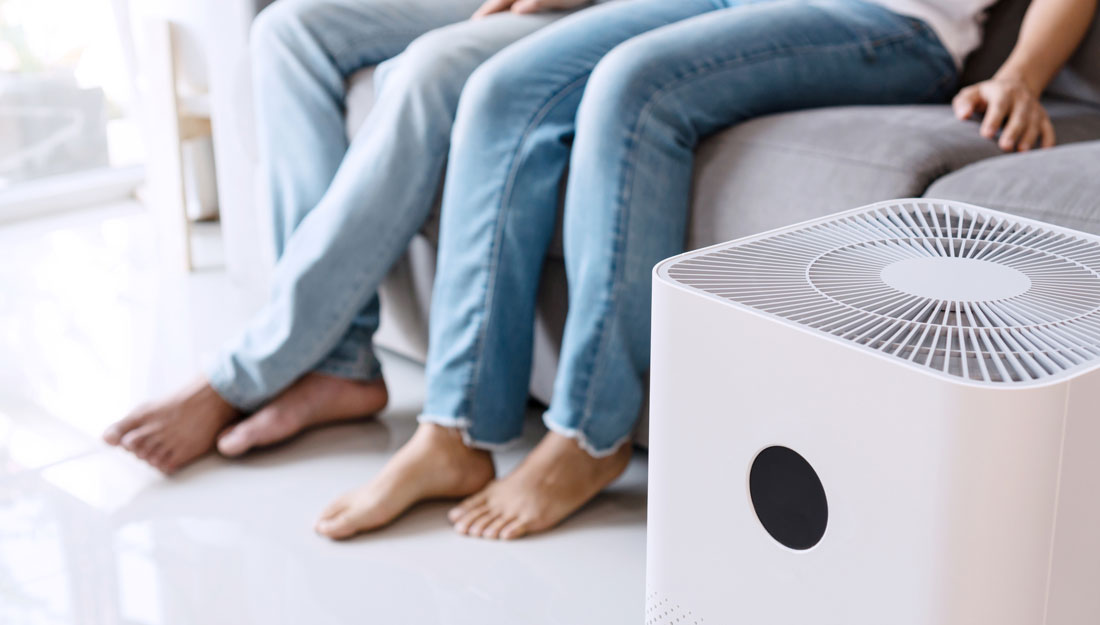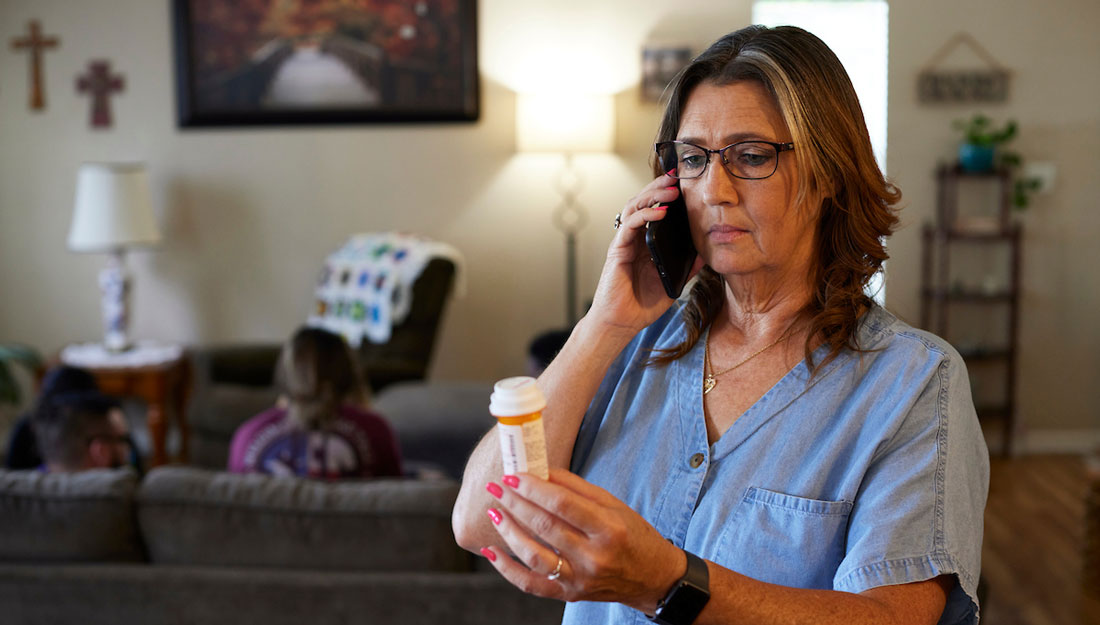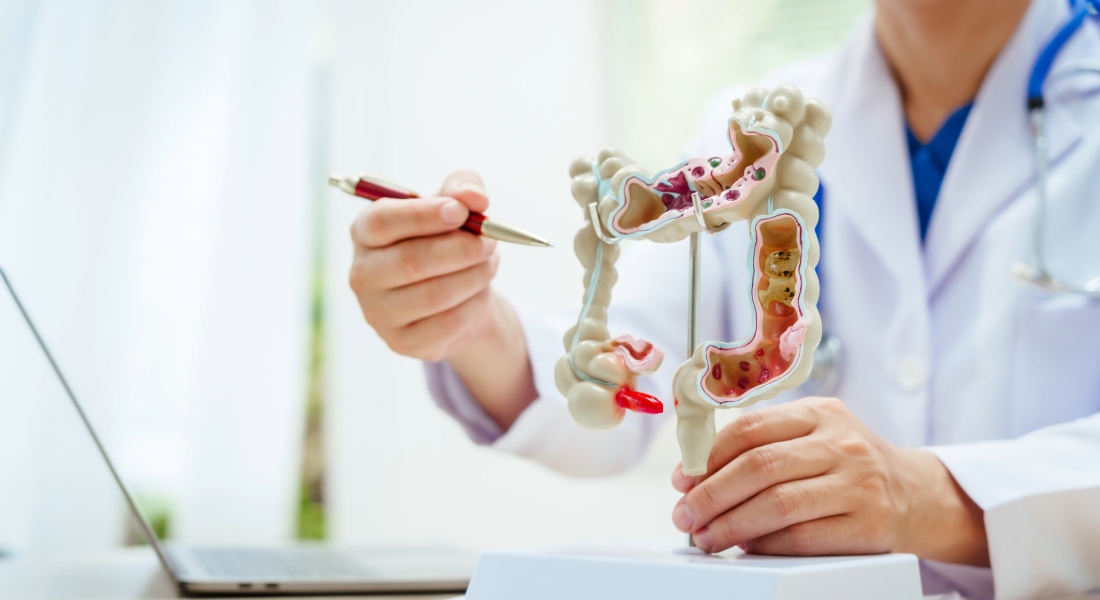- Leslie Cockrell
- Healthy Living, Show on VR homepage, Trending
Tips for hurricane preparedness for those with diabetes
Stocking up on supplies before a storm can save your life

FILE - In this Tuesday, Aug. 29, 2017, file photo, businesses are surrounded by floodwaters from Harvey, in Humble, Texas. The Houston that was battered by Harvey is an economic powerhouse whose influence reaches far beyond its region, leading many to worry about when its economy be able to stand up again. (AP Photo/David J. Phillip, File)
With two named storms already forming in less than a week, 2018’s hurricane season is off to a productive start. Since hurricanes typically form on the water, residents have an opportunity to stock up on items for their household before the storm makes landfall. Many experts advise having a stash of vital goods, including bottled water, nonperishable foods and toiletries.
Those with diabetes find themselves contending with more specific challenges, such as keeping certain medications cool, having fast-acting sugar on hand and keeping up with notes on their glucose readings. The devastation left in a storm’s wake can potentially magnify these issues.
“We are educating those with diabetes on how to be prepared in case a storm hits,” said Juanita Garcia, RN, CDE, program manager for the Texas A&M Coastal Bend Health Education Center’s Diabetes Education Program. “Our educators advise clients to discuss their plan with their families and build an emergency kit before a storm arrives.”
Be prepared
The extra effort put into building a diabetes-specific emergency kit proves its worth whether you plan to stay at your home, go to a shelter or evacuate. Be sure to go over your plan and disaster kit with your family and health care provider before a storm is in the gulf.
A comprehensive disaster kit includes:
- A hard, plastic and waterproof container to store your supplies
- A first-aid kit that contains bandages, antibiotic cream, cotton balls, alcohol swabs and a hemostatic bandage (this product quickly stops bleeding from wounds)
- Lists of emergency contacts, all current medications and allergies (be sure to place them in a waterproof plastic bag)
- Copies of your lab results and medical summary; these can be obtained from your doctor
- A pen and notepad to keep track of blood sugar numbers and other notes
- Reusable frozen gel packs to keep insulin cool
- A source of carbohydrates to treat low blood sugar (such as juice boxes, glucose gel)
- At least 30 days’ worth of insulin, syringes, testing strips and other diabetes supplies used on a daily basis
- Extra batteries for your glucometer
- An extra amount of other prescriptions, such as blood pressure medication, as well as any over-the-counter medication you might need (such as allergy medicine, ibuprofen)
- A small, hard plastic bottle to store used insulin needles and testing lancets
- A two-day supply of nonperishable food (such as cheese and crackers, meal replacement shakes, bars)
To find out more about putting a diabetes disaster plan together a downloadable, print-friendly graphic is available.
“Clients should talk to their doctor or pharmacist to see about getting extra supplies,” Garcia said. She added that most pharmacies will provide extra medication and supplies if a storm is approaching.
If you’re heading to a local shelter, Garcia said it’s especially important to keep your medical supplies close by.
“Those with diabetes must be responsible for their own care,” Garcia said. “Most shelters aren’t equipped to handle administering medication.”
Should I stay or should I go?
Hurricane Harvey was responsible for 68 deaths, the largest number of fatalities from a tropical cyclone in Texas since 1919, according to NOAA. Therefore, if community officials issue a mandatory evacuation, it is best to take the warning and make preparations to leave your area.
If you have diabetes, you will need to take extra steps to be sure you’re ready for evacuation. A few tips for traveling include:
- Keep testing supplies, medications and fast-acting sugar with you at all times.
- Wear identification stating that you have diabetes.
- Pack reusable frozen gel packs to keep insulin chilled. Please note: Do not use dry ice because it will freeze your medication.
Don’t forget kidney health
If you’re on dialysis, the Centers for Disease Control and Prevention (CDC) warns, “During a natural disaster or other emergency, getting kidney dialysis treatment may not be possible.”
If you don’t have access to dialysis, the CDC advises you to:
- Ensure your dialysis center has your contact information in case they need to reach you.
- Inform your electric and water providers of your condition ahead of time and ask for special priority in restoring service.
The CDC also recommends following the 3-Day Emergency Diet Plan, saying the diet “may save your life.” This eating regimen “does not take the place of dialysis, but you can reduce the waste that builds up in your blood if you follow [the diet].” For more information on this diet, please visit the CDC’s webpage on the 3-Day Emergency Diet Plan.
Get ready
NOAA’s prediction of a 75 percent chance that the 2018 Atlantic hurricane season will be near- or above-normal, along with still-fresh memories of Harvey’s destructive power in the minds of residents across coastal South Texas, magnify the importance of early preparation.
Spending a few hours getting your supplies ready now can save you days of worry and possible health complications if a storm comes your way. More importantly, preparedness can save your life.
Media contact: media@tamu.edu


